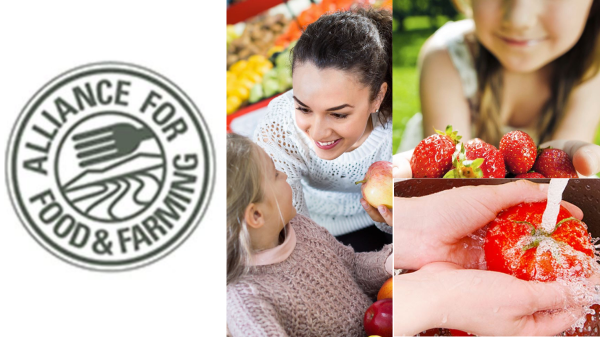As the Environmental Working Group (EWG) prepares to release its so-called “Dirty Dozen” list, which inaccurately disparages popular and more affordable fruits and vegetables, it’s important to note the information that EWG does not want consumers to know or see.
Because the list is so long, we will break into two parts.
Here is part one:
Government Report Results and Regulations:
• U.S. Department of Agriculture’s Pesticide Data Program report. The annual USDA PDP report found that over 99% of the foods tested had residues well below Environmental Protection Agency (EPA) safety standards with 27.6% having no detectable residues at all. According to USDA: “Based on the PDP data, consumers can feel confident about eating a diet that is rich in fresh fruits and vegetables.”
• Food and Drug Administration Sampling Results: In addition to USDA’s residue sampling program, the FDA also conducts residue sampling to ensure farmers are in compliance with laws and regulations governing pesticide use. FDA results are consistently similar with the USDA’s further verifying the safety of produce.
• State Sampling Data: Some states, like California, also conduct residue testing of produce sold to consumers. The most recent residue sampling report from the California Department of Pesticide Regulation (DPR) found more than 98% of the samples had no detectable residues or residues were well below EPA safety standards. According to the DPR report: “These results, compiled annually, are consistent with the department’s last several years of produce residue monitoring, and reflect the strength of California’s pesticide regulatory program and compliance with it.”
• EPA Safety Standards and Regulations: The regulations governing the approval and use of pesticides are stringent and multi-faceted. According to EPA: “EPA is confident that the fruits and vegetables our children are eating are safer than ever.” You can review the standards governing the use of organic and conventional pesticides here. You can also read an overview to learn more about the regulatory process and systems in place to protect consumers, farm workers and the environment.
Why aren’t these government sampling results the subject of media articles and social media conversations? Is positive consumer news really that uninteresting?
Overall these government reports reflect the level of extraordinary compliance by farmers with laws and regulations governing the use of pesticides on organic and conventional farms and should reassure consumers about the safety of all produce.
Watch for our next blog post which will focus on peer reviewed studies showing the multiple ways this list lacks any scientific credibility, the “Dirty Dozen” list’s negative impact on consumers and the last thing EWG wants consumers to know.
To learn more about produce safety, visit www.safefruitsandveggies.com and @safeproduce.
This update was distributed by the Alliance for Food and Farming.
For more information, please contact:
Teresa Thorne: tthorne@foodandfarming.info



